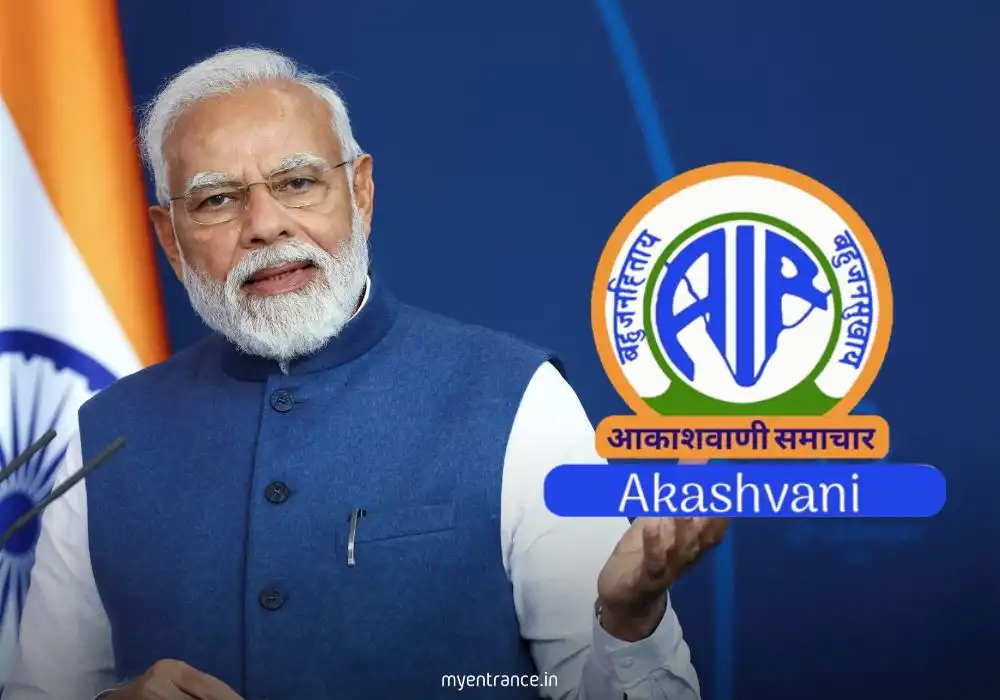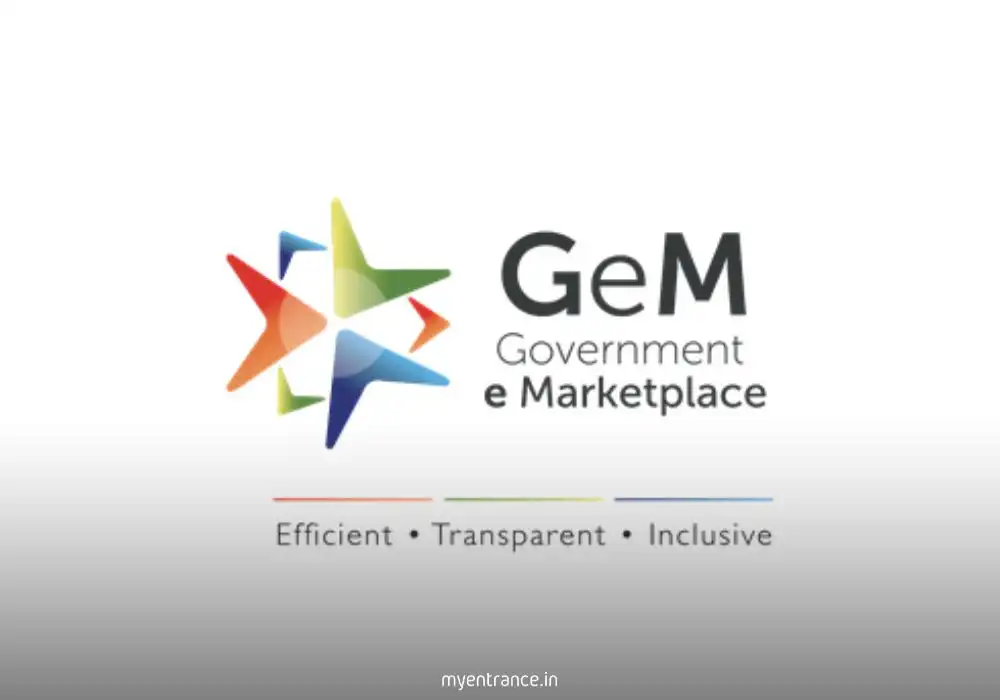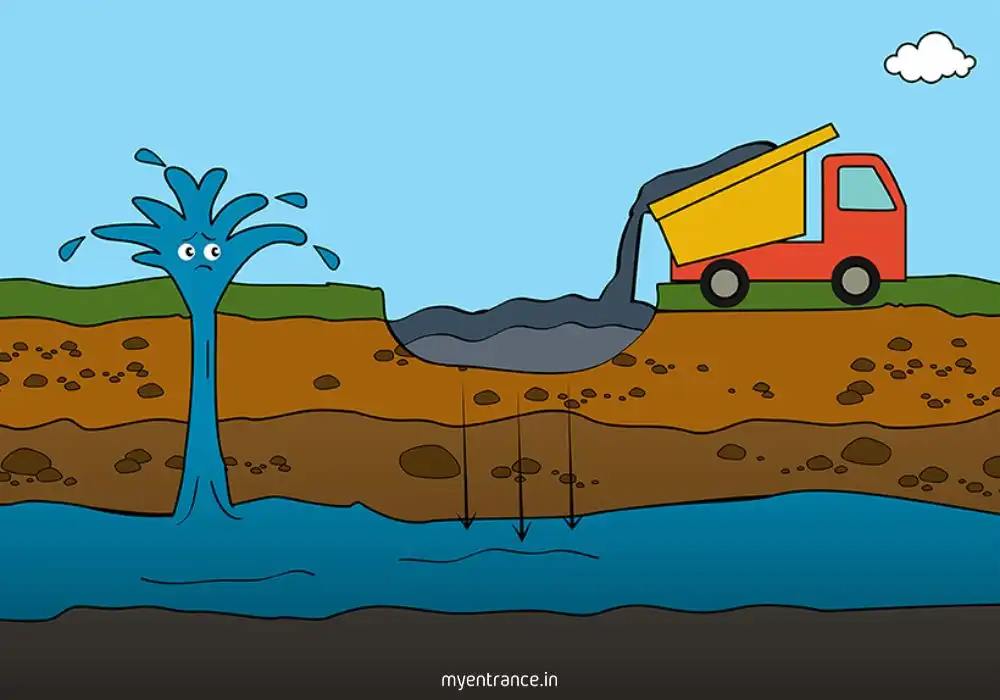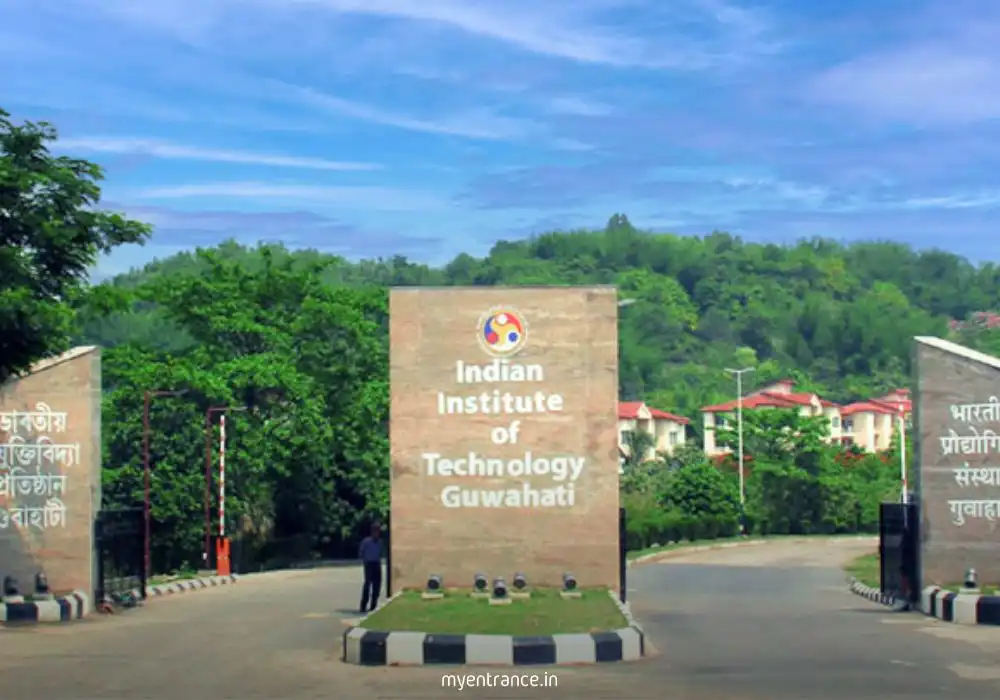Translate Language
Quantum Magnetic Navigation System (QMNS): The Future of GPS-Free Navigation for Defence & Beyond
In today’s warfare and strategic operations, reliance on satellite navigation like GPS, Glonass, and BeiDou is a double-edged sword. While essential for precision, these systems face jamming, spoofing, and signal disruptions—especially in conflict zones. This vulnerability has accelerated the development of Quantum Magnetic Navigation System (QMNS), a cutting-edge technology that uses Earth’s magnetic field for accurate positioning without satellite dependence.
For competitive exam aspirants (UPSC, SSC, PSC, Defence exams), understanding QMNS is crucial as it reflects the latest advancements in defence tech. Let’s explore how it works, its advantages, and real-world applications

Why Satellite Navigation is Vulnerable
Modern military operations rely heavily on GPS-guided drones, missiles, and jets. However, adversaries exploit weaknesses in satellite navigation through:
Jamming: Overwhelming signals with noise to block navigation.
Spoofing: Feeding false location data to misdirect systems.
Meaconing: Rebroadcasting delayed signals to confuse receivers.
Natural disruptions like solar flares further degrade signal reliability. In regions like Ukraine and South Asia, these tactics have rendered traditional navigation unreliable, necessitating GPS-free alternatives.
Existing Alternatives & Their Limitations
Several backup navigation methods exist, but each has drawbacks:
Inertial Navigation Systems (INS): Self-contained but accumulates errors over time, requiring periodic GPS correction.
Terrain Contour Matching (Tercom): Uses ground maps but fails in flat terrains or poor visibility.
AI-Based Corrections: Helps but struggles in unfamiliar environments.
No single method is foolproof, leading to the development of QMNS—a resilient, satellite-independent solution.
How Quantum Magnetic Navigation System (QMNS) Works
QMNS leverages quantum physics to detect Earth’s magnetic field variations with extreme precision. Here’s how:
Quantum Magnetometers: Ultra-sensitive sensors measure minute magnetic fluctuations using atomic properties.
Magnetic Anomaly Maps: Pre-recorded maps of Earth’s magnetic field act as a reference.
Hybrid Navigation: Combines magnetic data with inertial sensors for real-time, drift-free positioning.
Unlike GPS, QMNS cannot be jammed or spoofed, making it ideal for:
Military drones & missiles in GPS-denied zones.
Submarines & underwater drones (UUVs) needing deep-sea accuracy.
Undersea mining, oil exploration, and cable inspections.
Questions & Answers for Competitive Exams
Q1: What is the primary advantage of QMNS over GPS?
Ans: QMNS does not rely on satellites, making it immune to jamming, spoofing, and signal disruptions.
Q2: How does QMNS detect location without GPS?
Ans: It uses quantum sensors to measure Earth’s magnetic field variations and matches them with pre-mapped magnetic anomaly data.
Q3: Name two military applications of QMNS.
Ans:
Guiding missiles and drones in GPS-denied environments.
Precise navigation for submarines and unmanned underwater vehicles (UUVs).
Q4: Why is Tercom navigation limited?
Ans: It requires detailed terrain maps and fails in flat landscapes or poor visibility conditions.
Q5: Which industries benefit from QMNS besides defence?
Ans: Undersea mining, oil exploration, and subsea cable maintenance.
As electronic warfare evolves, QMNS presents a groundbreaking shift in navigation technology. For aspirants preparing for UPSC, SSC, NDA, or PSC exams, staying updated on such innovations is essential for both current affairs and technical knowledge.
For more exam-focused insights, daily quizzes, and mock tests, visit MyEntrance.in—your one-stop resource for competitive exam success!
Get 3 Months Free Access for SSC, PSC, NIFT & NID
Boost your exam prep!
Use offer code WELCOME28 to get 3 months free subscription. Start preparing today!















